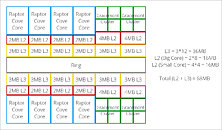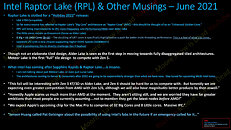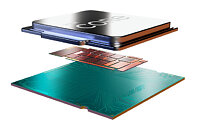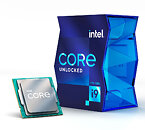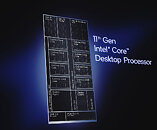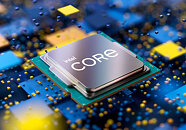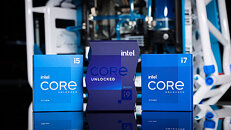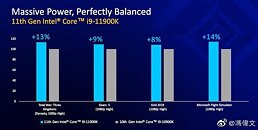
Early Core i9-13900K Review Hints that it Holds up to the "20-40" Claim
An early review of a retail Intel Core i9-13900K "Raptor Lake" 8P+16E processor shows it holding up to the rumored "20-40" claim, the idea that the processor can be up to 20% faster in gaming, and up to 40% faster in productivity, compared to the current i9-12900K. Much of the gaming performance increase is attributed to the higher IPC of the new "Raptor Cove" P-cores, and the much higher boost clocks they run at (up to 5.80 GHz); whereas the multi-threaded performance boost comes from not just the faster P-cores, but a doubling in the E-core count to 16, and improved E-core cache structures, besides higher clock speeds that they run on. For tests that scale across P-cores and E-cores, the i9-13900K behaves like a 24-core/32-thread processor, which is what it is. Among the tests included are CSGO, AIDA64, 7-Zip, WinRAR, Cinebench R15, R20, and R23; and their average, in comparison to the i9-12900K.



































